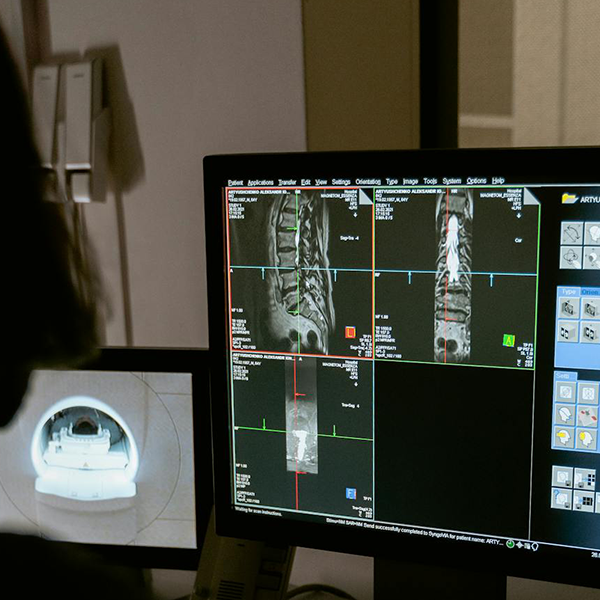Fabiola M. Martinez Licona
In recent years, medical device technology has witnessed significant advancements, revolutionizing healthcare delivery and patient care. From innovative diagnostic tools to life-saving treatment devices, these advancements have been made possible through the collaborative efforts of engineers, healthcare providers, and researchers. In this blog post, we will explore some of the latest advancements in medical device technology from a clinical engineering perspective.
One area that has seen remarkable progress is the development of wearable health monitoring devices. These devices, equipped with sensors and wireless connectivity, enable continuous monitoring of vital signs such as heart rate, blood pressure, and oxygen saturation. Clinical engineers play a crucial role in evaluating and integrating these wearable devices into healthcare settings, ensuring their accuracy, reliability, and compatibility with existing systems. By providing real-time data on patient health, wearable monitoring devices empower clinicians to make timely interventions and optimize patient care.
Another significant advancement in medical device technology is the emergence of implantable medical devices. From pacemakers and implantable cardioverter-defibrillators (ICDs) to neural stimulators and drug delivery systems, implantable devices offer targeted and personalized treatment options for various medical conditions. Clinical engineers oversee these devices’ design, testing, and implementation, ensuring their safety, efficacy, and compatibility with the human body. With ongoing advancements in materials science, miniaturization, and wireless communication, implantable medical devices are becoming increasingly sophisticated and versatile, opening up new possibilities for patient care.
Furthermore, medical imaging has seen significant advancements in recent years, driven by innovations in imaging technology and data processing algorithms. From traditional X-ray and ultrasound to advanced modalities such as magnetic resonance imaging (MRI) and computed tomography (CT), medical imaging plays a critical role in diagnosis, treatment planning, and monitoring of disease progression. Clinical engineers collaborate with radiologists and imaging specialists to optimize imaging protocols, ensure image quality, and enhance patient safety. With advancements in artificial intelligence and machine learning, medical imaging technologies are becoming more intelligent and automated, enabling faster and more accurate diagnosis of medical conditions.
In addition to these advancements, medical device technology is evolving to address the challenges of infectious diseases and global health threats. For example, the COVID-19 pandemic has accelerated the development of innovative medical devices such as rapid diagnostic tests, ventilators, and telemedicine platforms. Clinical engineers have played a vital role in developing and deploying these devices, ensuring their fast and effective deployment in healthcare settings worldwide.
The advancements in medical device technology are transforming the landscape of healthcare delivery, offering new opportunities for diagnosis, treatment, and patient care. Clinical engineers are at the forefront of driving innovation in this field, from wearable health monitoring devices to implantable medical devices and advanced medical imaging technologies. By leveraging their engineering, healthcare, and technology expertise, clinical engineers play a crucial role in ensuring the safety, efficacy, and accessibility of medical devices for patients worldwide.
Image credits: MART PRODUCTION:

